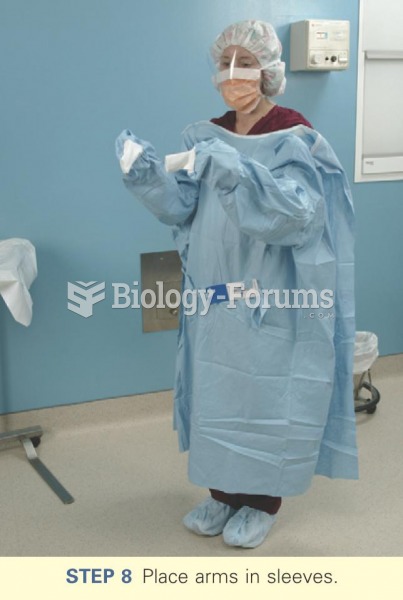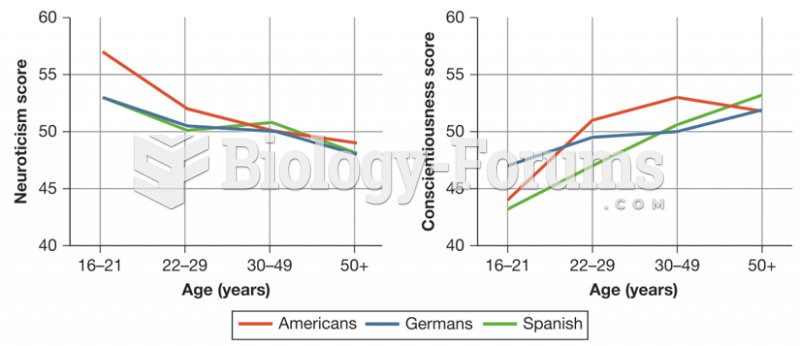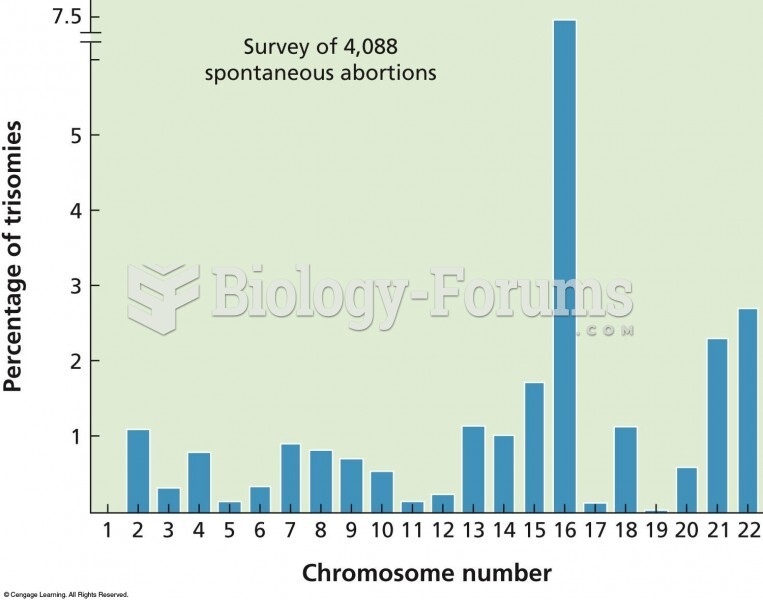This topic contains a solution. Click here to go to the answer
|
|
|
Did you know?
The oldest recorded age was 122. Madame Jeanne Calment was born in France in 1875 and died in 1997. She was a vegetarian and loved olive oil, port wine, and chocolate.
Did you know?
Although not all of the following muscle groups are commonly used, intramuscular injections may be given into the abdominals, biceps, calves, deltoids, gluteals, laterals, pectorals, quadriceps, trapezoids, and triceps.
Did you know?
Thyroid conditions may make getting pregnant impossible.
Did you know?
The familiar sounds of your heart are made by the heart's valves as they open and close.
Did you know?
Earwax has antimicrobial properties that reduce the viability of bacteria and fungus in the human ear.







